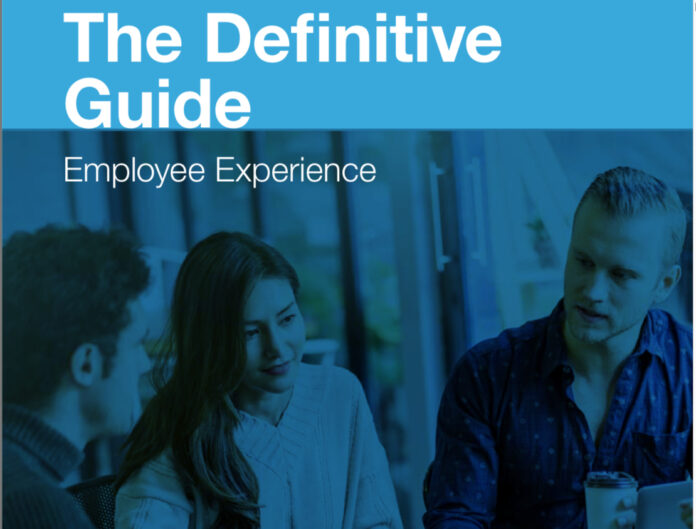By Josh Bersin
Creating and upgrading employee experiences has moved to the top of the agenda for many HR organizations. To say EX is complex is a dramatic understatement. And the speed with which it’s emerged as a priority for HR and business leaders has sown uncertainty. Get a group of HR leaders together and I guarantee you wouldn’t get agreement on the very definition of EX, let alone what to do to actually drive higher employee engagement, foster more productivity and performance, and ultimately enable improved outcomes.
No one single action will magically result in an excellent employee experience. EX is multi-layered and requires buy-in and participation from across the organization. But you can’t give up or take shortcuts. The stakes are too high, and your employees trust you to make change happen.
In our recently-published report, The Definitive Guide: Employee Experience, we set out to learn what actually matters most when it comes to creating an excellent employee experience. The results will likely surprise some. Many view EX as primarily a technology challenge, and the market has recently been flooded with new offerings that promise to deliver EX solutions.
However, the six key EX principles identified through our research are related to creating a culture of trust and transparency, equitable rewards, ongoing people-related investments, and the development of HR capabilities. These principles transform EX from a passive, top-down technology initiative primarily focused on simplifying work processes to one that brings about sustained cultural change that puts people first.
- Focus on trust, transparency, inclusion, and care. Companies that do EX exceptionally well put their mission and purpose first. Trust is vital. When people don’t trust your company, you have to offer a lot of money and perks for candidates to even consider joining you—and, even if they do, you may not be able to hold on to them.
- A supportive culture plays a big role. By far, the biggest predictor of EX excellence is a work environment in which people are encouraged to help others.
- Innovation and sustainable growth depend on equitable rewards and building communities at work. EX is sometimes used as a code for higher pay and perks. However, in order to have a significant impact, rewards and recognitions must be fair and equitable.
- Consistent, mission-first people investments in any business climate improve business performance. When money is tight, it’s easy to clamp down on investments and a focus on culture. We found companies prioritizing investments in people, regardless of the business climate, are much more profitable, have more satisfied customers and more engaged employees, and are perceived as great places to work.
- EX excellence directly leads to business outcomes. Engagement is an important outcome of a great employee experience, but not the only one. There’s no doubt more engaged people are happier, more productive, and provide better service to customers. But companies focusing on the right EX strategies and practices have better outcomes across the business, people, and innovation.
- HR capabilities and the right technologies are vital. EX is about trust, transparency, caring, and empathy. It’s about leadership and culture, growth, communities, and equity. How do you enable these big strategic concepts and scale them for your workforce? The answer is developing the right HR capabilities and implementing the right technologies.
A Word about the Role of Technology
Clearly, technology plays a role in creating a great EX. Without technology, making daily moments simple and removing friction from the workday is not possible. Even small companies need all sorts of tools to help employees get work done, and that infrastructure only grows the more complex the company is. While our EX study was not primarily focused on technology, we looked into various tools related to EX. What we found was fascinating: technologies and services alone don’t drive a great experience, but they absolutely matter to supporting the right culture, trust, and inclusive environment.
Companies go through an EX journey in different maturity levels (our study includes a four-stage model). As a company moves up in maturity, different technologies need to be added into the ecosystem.
We also found that the EX practices that have biggest impact on business and people are those that are related to getting insights, learning, and growing. Advanced people analytics and correlated actions have the highest impact on overall business outcomes, followed by advanced knowledge systems and adaptive learning tools. Only when we understand barriers to productivity and inclusion through analytics, take action based on these insights, and provide the knowledge and capabilities needed for optimal performance can employees do their best.
For more information on EX research conducted by The Josh Bersin Company, visit www.joshbersin.com.
